The High-Frequency Sieve Shaker can screen coarse particles to fine powders, effectively screening materials in the mesh range of 20 to 635 mesh. It can handle a wide range of materials with varying properties, including viscous materials, powders, and granular materials. Coarse particles can be separated and classified within the 20 to 100 mesh range. Common powders such as metal powders, flour, or chemical raw materials can be screened with high precision within the 100 to 325 mesh range. For extremely fine or slightly sticky ultrafine powders, the 400 to 500 mesh range ensures excellent clogging resistance and smooth screening.
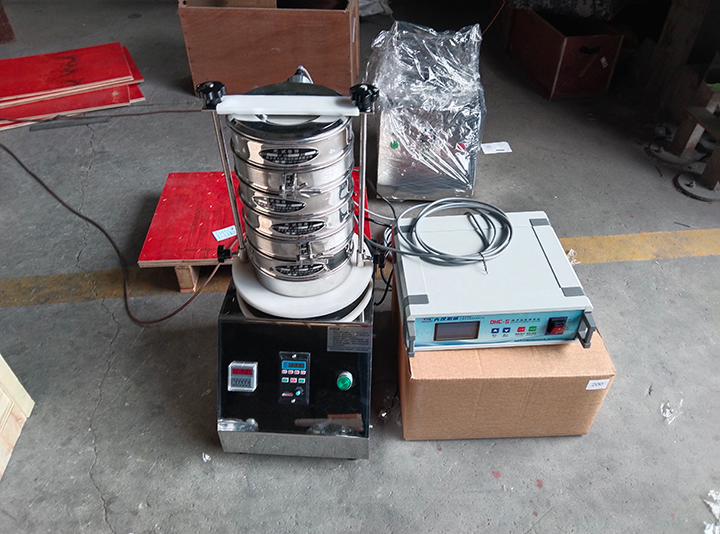
The High-Frequency Sieve Shaker is available in two product lines. The High-Frequency Sieve Shaker is designed for viscous materials and addresses the technical challenges of high-viscosity, clogging-prone materials. It is primarily used for filtering and removing unwanted impurities from coatings, inks, and slurries. High-frequency test sieves are primarily used for particle size analysis and grading of powders and granular materials, accurately separating a sample into up to 12 different mesh sizes.
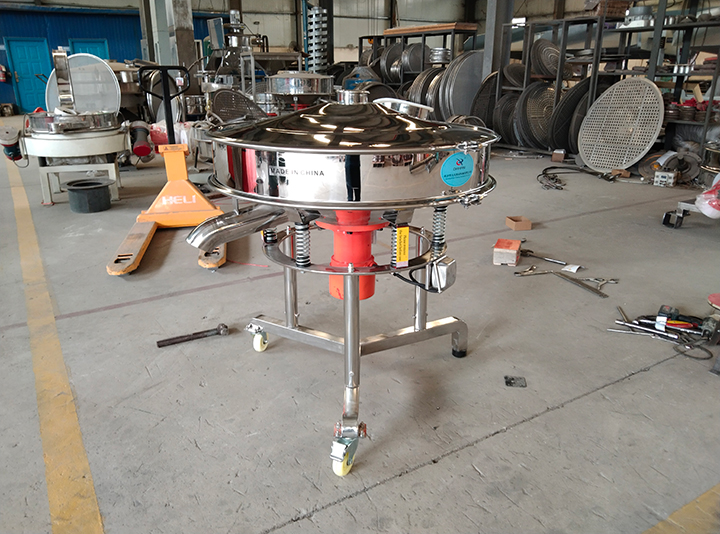
When processing high-viscosity, easily agglomerated materials such as paints, slurries, and colloids, high-frequency sieves can be used to improve material flowability and screening efficiency, effectively filtering and removing impurities. They can screen coarse, fine, and ultrafine materials, screening ultrafine powders from 20 mesh to 325 mesh and even higher. Due to the tendency of materials to adhere and clog the screen, the overall screening mesh cannot reach above 400 mesh to improve screening efficiency. The throughput can reach 0.2-1.5 tons/hour.
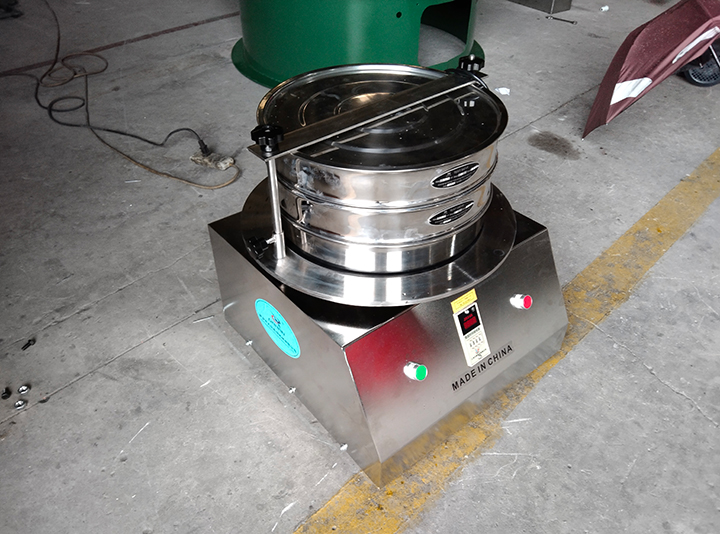
For powders and granular materials requiring precise grading, a high-frequency sieve shaker can be used. High-frequency test sieves can quickly and accurately separate a single sample into up to 12 or even finer mesh sizes, allowing for high screening efficiency from 20 mesh to 635 mesh and above. Its core design goals are analytical accuracy and repeatability, not maximum throughput. Therefore, its throughput is typically much lower than that of industrial screening equipment. Hourly throughput ranges from 0.2 kg/hour to 1.2 kg/hour. It comprehensively covers a wide particle size range, from coarse particles to fine powders, providing reliable data support for particle size analysis, quality control, and product grading.
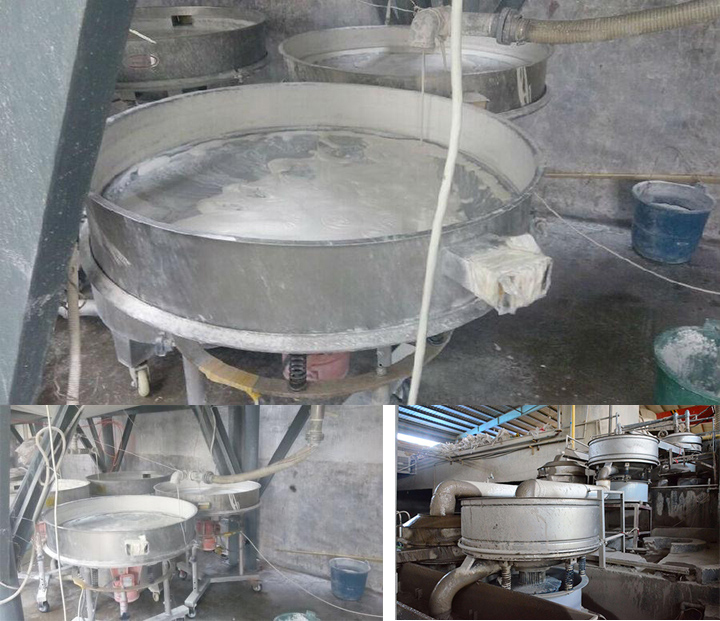
| No. | Type | Mesh(mm) | No. | Type | Mesh(mm) |
| 01 | 8# | 2.36 | 15 | 70# | 0.212 |
| 02 | 10# | 2 | 16 | 80# | 0.18 |
| 03 | 12# | 1.7 | 17 | 100# | 0.15 |
| 04 | 14# | 1.4 | 18 | 120# | 0.125 |
| 05 | 16# | 1.18 | 19 | 140# | 0.106 |
| 06 | 18# | 1 | 20 | 170# | 0.09 |
| 07 | 20# | 0.85 | 21 | 200# | 0.075 |
| 08 | 25# | 0.71 | 22 | 230# | 0.063 |
| 09 | 30# | 0.6 | 23 | 270# | 0.053 |
| 10 | 35# | 0.5 | 24 | 325# | 0.045 |
| 11 | 40# | 0.425 | 25 | 400# | 0.038 |
| 12 | 45# | 0.355 | 26 | 500# | 0.028 |
| 11 | 50# | 0.3 | 27 | >500# | 0.028 |
| 14 | 60# | 0.25 |
| Model NO. |
Screen Dia. [mm] |
Screen Decks |
Vibration Frequency [r/min] |
Power [Kw] |
Capacity [Liter/hour] |
| DHG-600 | 560 | 1 | 3000 | 0.25 | 200 |
| DHG-800 | 760 | 0.25 | 500 | ||
| DHG-1000 | 950 | 0.4 | 800 | ||
| DHG-1200 | 1150 | 0.4 | 1200 |
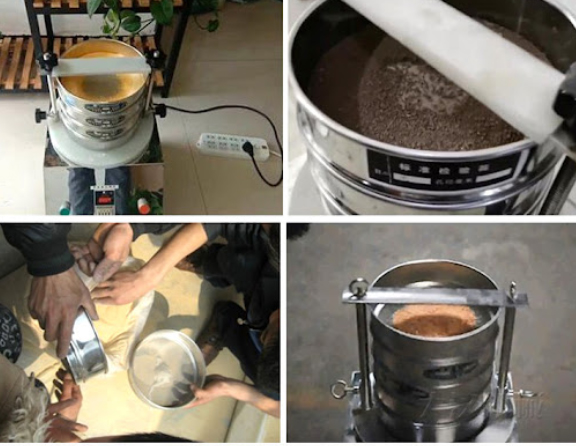
While industrial-grade high-frequency sieves and laboratory-grade high-frequency test sieves overlap in mesh sizes, the appropriate model can be selected based on the material properties and desired screening performance. Although their core functions differ significantly, high-frequency sieves are primarily used for material filtration, such as in-line filtration and purification in industries such as coatings, inks, food slurries, ceramic glazes, and chemical intermediates. Test sieves are primarily used for material grading and testing, offering high precision. They are used in pharmaceuticals, new materials, metal powders, abrasives, quality inspection agencies, and research institutes. They are standard instruments for raw material testing, process development, and product quality assessment. If the goal is to quickly process a large amount of viscous slurry in production and obtain clean liquid or semi-finished products with impurities removed, a high-frequency sieve should be selected; if the goal is to accurately measure the particle size distribution and grade the powder or granules, a high-frequency test sieve must be selected.
Address:China,Yanjin county forest park gate to the west 1000 meters north road.